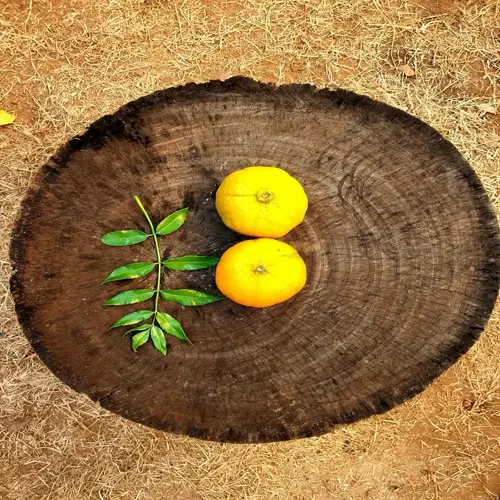Can I transition gradually to peat alternatives?

Written by
Michael Sullivan
Reviewed by
Prof. Martin Thorne, Ph.D.You can gradually shift from peat substitutes in your garden to ensure a smooth transition, as thirty to fifty percent of the peat is replaced with materials such as compost or coir. This allows plants to adapt to changing conditions while their performance is being observed. Many gardeners find blends of alternative materials more profitable than pure peat.
Container Gardens
- Start with 30% coir replacing peat
- Increase to 50% over two seasons
- Monitor moisture levels weekly
Raised Beds
- Layer 2 inches compost each season
- Top-dress with rice hulls annually
- Test soil structure improvement yearly
Seed Starting
- Begin with 50% coir-peat blend
- Transition to full alternative in year two
- Track germination success rates
Established Plants
- Apply alternative mulch around base
- Incorporate wood chips during seasonal turning
- Observe root development improvements
Before fully adopting the alternative formulations, the tests should be conducted with mixtures of small batches of coir compost or wood chips in varying ratios. They should be watered, and the time to runoff used to note drainage. The moisture retention can be evaluated by weighing the containers daily. These simple tests will eliminate problems impeding larger applications.
Make care shifts during the changeover. Usually, mixtures require watering less often than peat; coir mixtures should have about 30 percent less water. Soils that are rich in compost require less fertilization. Careful observation of plant behavior is necessary to make the necessary changes that improve growth.
Source materials in the vicinity to maintain uniformity in quality and supply. Municipal compost programs provide free materials at all times: arboricultural waste, or chips, costs but little. Vendors for farm supplies carry rice hulls at moderate prices. A constant supply ensures a smooth transition in the future.
You should see results within the first growing season. Plants are likely to exhibit stronger stems and darker green foliage. In well-aerated alternative soils, the roots are stimulated to greater activity. The garden is more resilient to extreme weather conditions and reduces its ecological impact.
Read the full article: 10 Best Peat Moss Alternatives for Gardens

